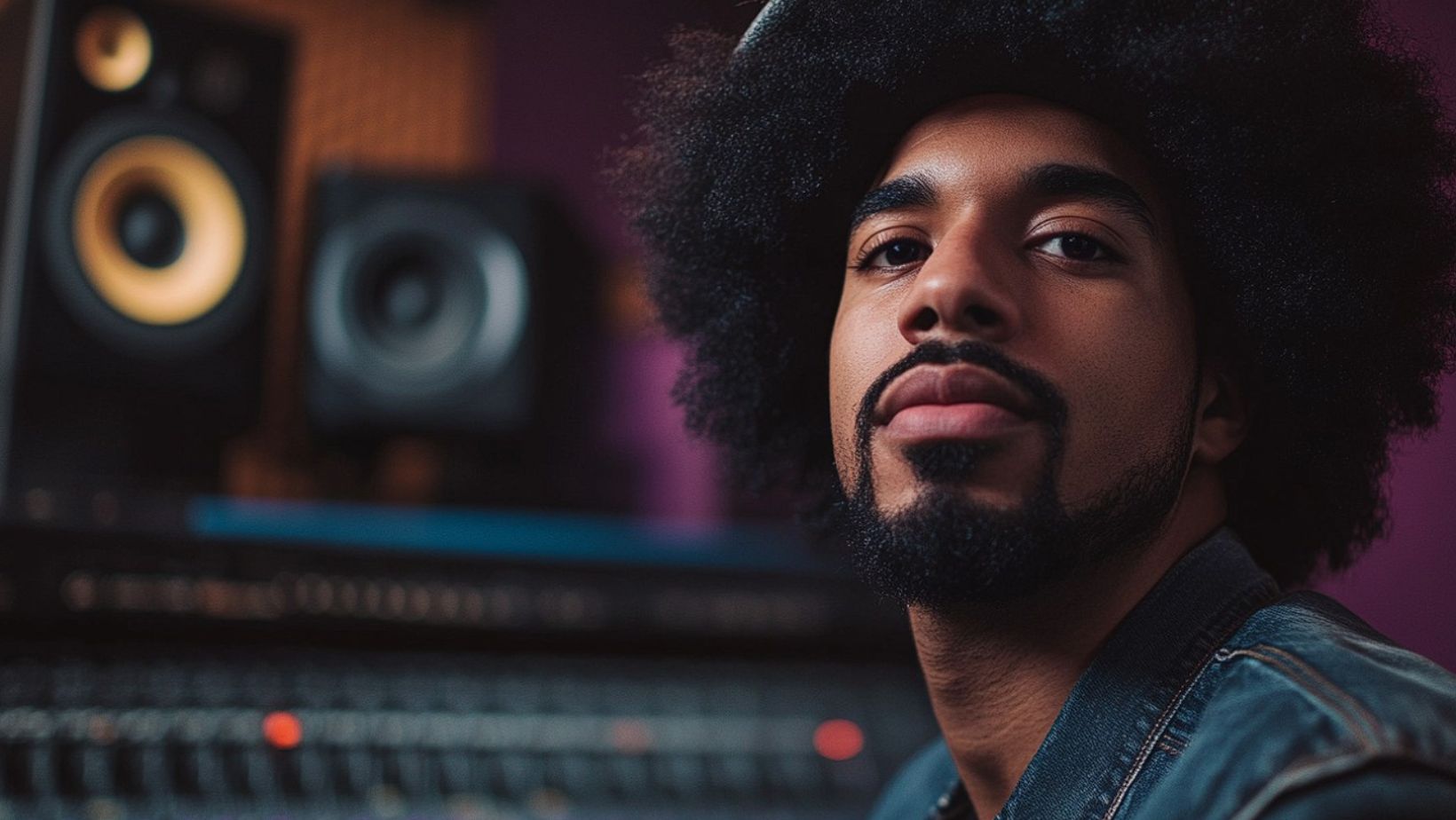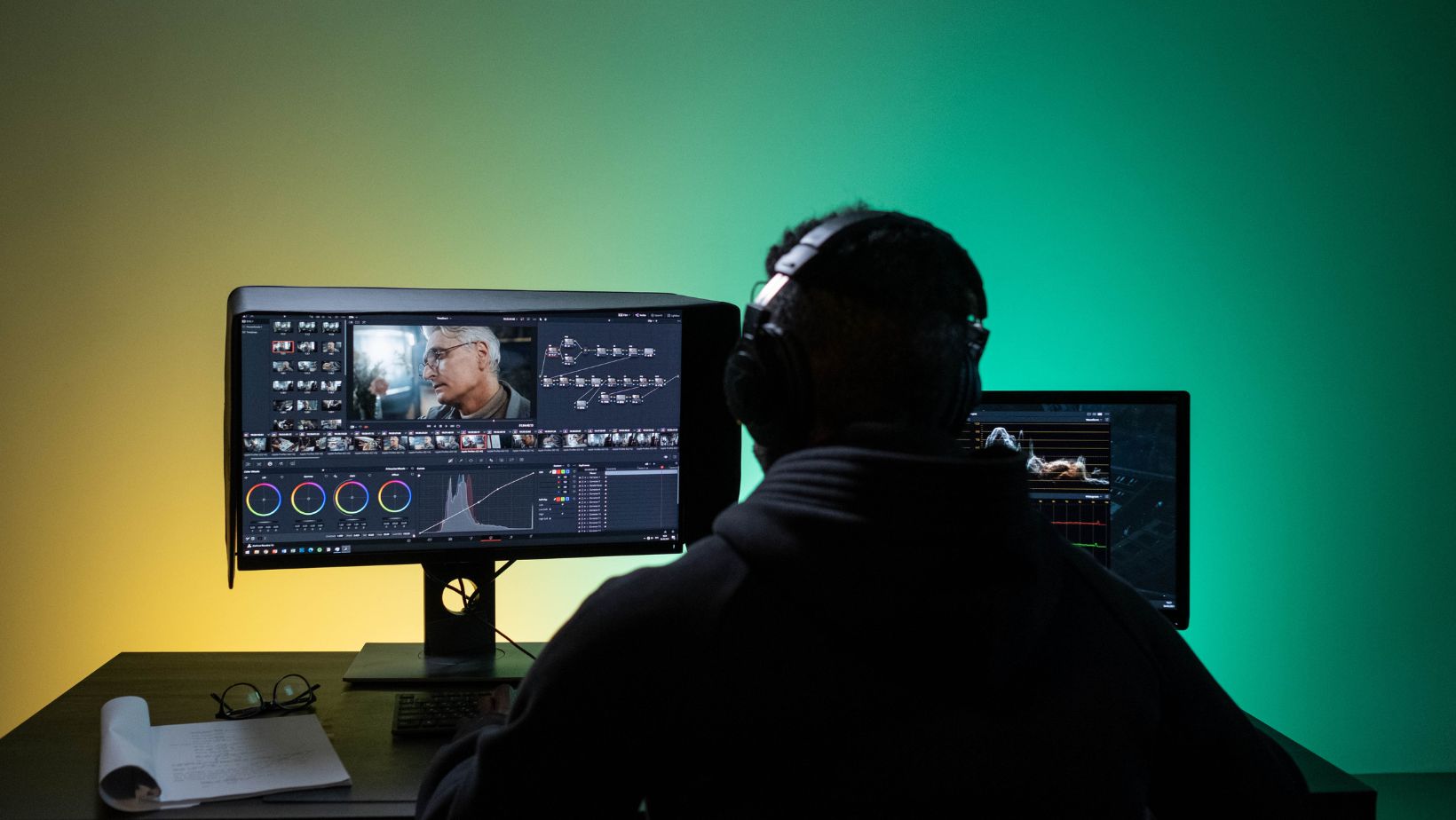
With time, synthesizers have become an integral part of modern film scoring, offering a wide sonic palette that enriches emotions and amplifies drama. From a sense of wonder to suspense, synthesizers offer unbeatable skills in making memorable soundtracks. This article by Kirill Yurovskiy looks at the pillars of synth-driven cinematic music-making, from sound design to mixing.
Table of Contents
Toggle- 1. Emotionally Engaging Synth Design
- 2. Layering Pads and Leads for Dramatic Atmospheres
- 3. Using Field Recordings for Interesting Textures
- 4. Sequencing Arpeggios for Suspense and Action Scenes
- 5. Balancing Analog and Digital Synth Sounds
- 6. Delving into Modular Synthesis for Custom Sound Design
- 7. Preparing Soundtracks for Surround Sound Systems
- 8. Blending Synths with Orchestral Instruments
- 9. DAWs for Easy Production
- 10. Real-time manipulations of MIDI
- 11. Liaising with the Director for Creative Alignment
- 12. Synth Programming for Non-Traditional Genres
- Final Words
1. Emotionally Engaging Synth Design
The backbone of any synth soundtrack is the sound design. With one sound, it’s possible to evoke tension or euphoria. Analog synths add warmth and character to your sound, while digital synths open completely different dimensions in terms of precision and complexity. Use pads for atmosphere or leads for intensity, depending on the emotional tone of the scene. Pads with a slow attack will make it suspenseful, while bright, sharp leads may indicate excitement.
2. Layering Pads and Leads for Dramatic Atmospheres
One thing a synthesizer really shines at is in creating an atmosphere. A composer can make a thick, engaging soundscape by layering pads, leads, and bass together. The pads set the backbone, while the leads bring in energy and movement. The trick for layering is to have each sound sit in a different area of frequency so that it all remains clear and balanced. Learn more about it here.
3. Using Field Recordings for Interesting Textures
Nature or ambient city noise field recordings help place and texturize the soundtrack. These can then be treated and introduced into the synth music in such a way that organic and electronic worlds begin to merge. Wind may accompany a slow, atmospheric pad while the distorted city noises underscore an action scene.
4. Sequencing Arpeggios for Suspense and Action Scenes
Arpeggios are quick stuttering repetitions of the notes in a chord, which have the effect of pushing a score along-driving it, where there is action.

Fast, moving arpeggios serve to keep the rhythm pushed and the energy high. Changing the repetition rate and adding some delay or reverb will morph the arpeggios and make them interesting across the scene.
5. Balancing Analog and Digital Synth Sounds
This comes true with a mix of analog and digital synths combined for huge warmth and precision. While analog synths provide rich organic sounds best applied to basses and pads, digital synths work just fine for complex melodies, leads, and arpeggios. Both will balance for a full dynamic to complement the different aspects of the soundtrack.
6. Delving into Modular Synthesis for Custom Sound Design
With modulation synthesis, just about any custom sound that the composer can envision is possible. Unlike commercial synthesizers, these systems allow the composer to manually wire the oscillators, filters, and effects to realize distinctive processing of the sound. This randomness renders the sound highly applicable to scores that demand avant-garde sounds, for example, science fiction films.
7. Preparing Soundtracks for Surround Sound Systems
Surround sound systems can envelop the audience in the sonic environment of the film. Here, the advantage of synth music can be taken, where it can use a panning technique with instruments and effects on the soundstage. Sweeping sound effects can be moving from front-to-back speakers, amplifying the emotional rate of the scene.
8. Blending Synths with Orchestral Instruments
Some of the most striking directions taken in scoring seem to marry synthesizers with traditional orchestral instruments. The warmth of the strings, brass, and woodwind against that space-age quality of synths really creates some interestingly dynamic and unique soundscapes. Of course, it’s all about finding the balance of these elements, those synths not overpowering the orchestral, and vice versa.
9. DAWs for Easy Production
Working with synthesizers in the creation of contemporary music, it is barely possible to do something without DAWs. Ableton Live, Logic Pro, and Cubase are examples of software that facilitated this process on one hand in the creation and perfecting of a track, but on the other hand, introduced such things as automation, integrations of MIDI, and virtual instruments. It is in this way that the composer tries the sounds and changes them at once while producing them.
10. Real-time manipulations of MIDI
During a live performance, Equally adept are live performances where real-time manipulation of MIDI introduces spontaneity and excitement.

This means that MIDI controllers are, therefore, going to allow the performer the ability to switch sounds and activate effects throughout the event, making it more interactive with the audience present. With great real-time control over sound modulation and triggering loops, there is dynamism in performance.
11. Liaising with the Director for Creative Alignment
It includes working with a director to make sure the soundtrack fits the movie, communicating, and making changes- this sets the composer at the juncture when he refines his music towards answering the best in the needs of the film. Being sensitive towards creative intentions lets him be definite that music communicates to serve rather than getting the job of telling stories.
12. Synth Programming for Non-Traditional Genres
They also find their wide application in unusual genres, be it some kind of different documentary or even some kind of experimental cinema. A composer can come up with a completely new and innovative soundtrack that is not traditional, simply by programming unique sounds that speak to the aesthetic of the film. Such is the case when synths enable boundary-pushing sound design for highly unusual films and narratives.
Final Words
The revolution of film scoring in terms of sound design, layering, and mixing- just unimaginable with synthesizers. From emotive soundscapes to fusing synthetic and orchestral elements, endless possibilities that synths unleash toward the opening in cinema.
Having mastered the techniques of sound design and having embraced flexibility with both digital and analog technologies, composers are now able to fashion truly unforgettable synth-driven soundtracks that resonate with their audience. From action-movie sequences down to ambient ones, synthesizers can offer a way to say something with the best sound quality.






